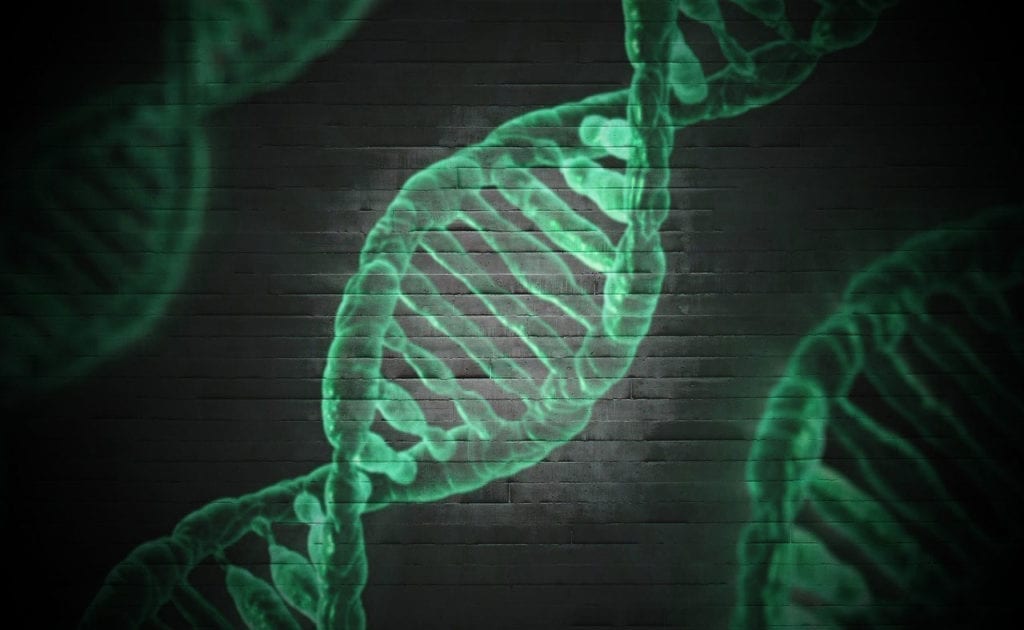According to a story from sunmag.net, 23andMe, the genetics testing company widely known for its ancestral analysis measures, is now offering a genetics test to measure your risk of BRCA1 and BRCA2 mutated breast cancer. However, if you choose to get tested, there are a few things that you should know about the test.
Perhaps the most important thing to know is that 23andMe’s test kit is not the equivalent of a genetic screening test that would be prescribed by your doctor. The 23andMe test analyzes three of the more common mutations of the BRCA1 and BRCA2 genes that dramatically increase the risk of breast and ovarian cancer. However, the doctor-ordered test will analyze other, more rare mutations as well and is generally more in-depth.
Another factor that limits the utility of 23andMe’s cancer test is that the mutations it tests for are only likely to appear in a single ethnic group, the Ashkenazi Jews. While the test is not entirely worthless of people of other backgrounds, Ashkenazi Jews might find 23andMe’s test far more useful. In truth, the BRCA genes can have thousands of mutations that can affect cancer risk, so it is possible to have a mutation that the test will not detect. A negative result does not mean that you are not at risk for BRCA-mutated cancer entirely.
It is also worth noting that a positive result does not instantly mean that you have cancer, only that your risk is much higher. A positive result should be a stepping stone to talking with your doctor, receiving more extensive tests, and investigating possible preventative measures. If you have a family history of breast or ovarian cancer, it is more urgent that you talk to your doctor about taking and prescribed test, because you may have a BRCA mutation that the 23andMe test does not cover.






